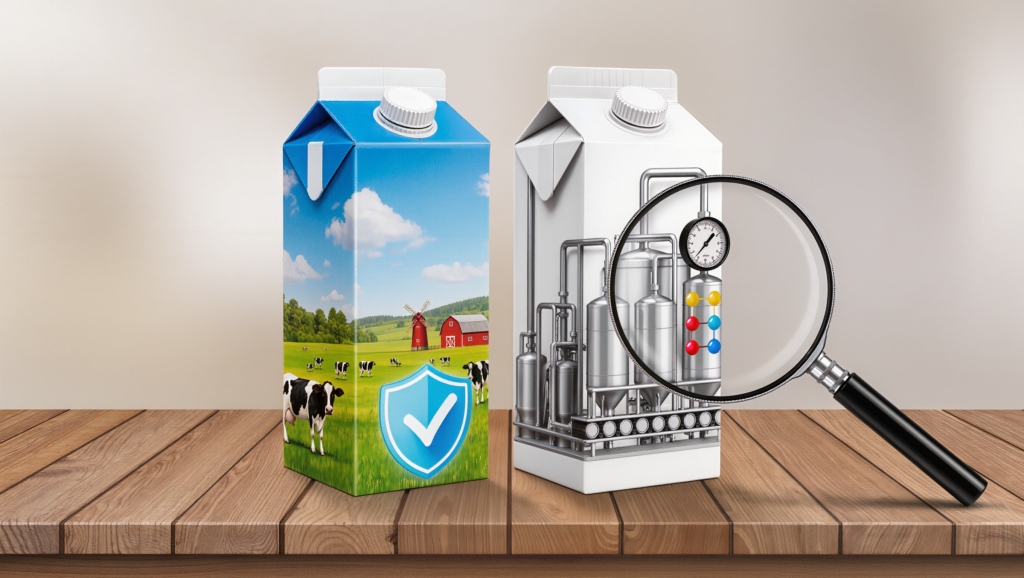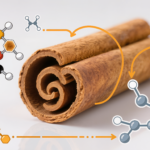When you pour a glass of milk for your child, are you also serving up a side of extra hormones? It’s a question that’s ignited heated debates among parents, health professionals, and food advocates. With organic dairy promising “hormone-free” peace of mind, while conventional dairy is constantly scrutinized for synthetic hormone use, what’s the truth about what’s really in your child’s milk—and does it matter for their health and development? Let’s pull back the curtain on the hormone story in milk, break down the science, and see how organic and conventional dairy truly stack up.
The Hormone Basics: What’s Naturally in Milk?
All milk—no matter the farming system—naturally contains small amounts of hormones, since milk is produced by mammals (including cows, goats, and humans) to nourish their young. Naturally occurring hormones in cow’s milk include:
- Estrogen
- Progesterone
- Minor amounts of other biologically active compounds
These are present at low levels and are often higher in whole milk than in skim milk, since fat helps carry some hormone types.
The Synthetic Hormone Controversy: rBGH and rBST
Where things get controversial is with synthetic hormones—specifically recombinant bovine growth hormone (rBGH or rBST). This lab-made hormone is sometimes used in conventional dairy cows in the U.S. to boost milk production.
- Conventional milk (in countries where rBGH/rBST is allowed): Cows may be treated with these hormones, resulting in some residues in the milk, though levels are tightly regulated.
- Organic milk: The USDA’s organic standards strictly prohibit the use of artificial growth hormones in organic dairy cows.
Recent testing showed that residues of bovine growth hormone (bGH) are found, on average, at levels up to 20 times higher in conventional milk compared to organic milk. While both types have some natural hormones, the dramatically higher residues in conventional milk suggest continued use of synthetic growth hormones in some herds.
What About Other Contaminants—Antibiotics and Pesticides?
Growth hormones aren’t the only concern. Studies have found that conventional milk is more likely to contain:
- Trace antibiotic residues (due to illness treatments in cows)
- Small amounts of pesticide residues (from feed or environmental exposure)
Organic standards restrict or ban these substances, resulting in milk that tests lower in antibiotics and pesticides, according to several independent reviews.
Do Added Hormones in Milk Impact Children’s Health?
This is where the story gets complicated—and a bit divisive.
Digestion Concerns
Most experts agree that many peptides and proteins, including hormones like rBGH, are broken down in the highly acidic environment of the human stomach, and are unlikely to enter the bloodstream in an active form. But some scientists point out that certain fragments, especially steroid hormones like estrogen, are fat-soluble and may survive digestion to some extent, especially if milk is consumed regularly and in large quantities.
Effects on Child Development and Puberty
- Growth and IGF-1: Drinking milk may transiently raise levels of insulin-like growth factor 1 (IGF-1), a hormone that regulates cell growth. IGF-1 levels are naturally higher in children, but elevated levels are linked with earlier puberty and possibly increased risk for some cancers over a lifetime.
- Estrogen and Early Puberty: Dietary estrogen, even in minute amounts, has raised questions about whether milk could influence the timing of puberty in girls or boys, though current large-scale studies have yet to find clear, direct links, especially at normal consumption levels.
- Potential Hormone-Sensitive Issues: Some researchers warn that chronic exposure—especially in young children—could play a subtle role in hormone-sensitive health problems, from earlier breast development to possible influence on certain cancer risks later in life.
Most pediatricians note that milk is just one of many sources of environmental hormones and other disruptors, so the full picture is complex.
Are There Health Differences Between Organic and Conventional Milk?
Nutritionally, both organic and conventional milk contain similar levels of calcium, vitamin D, protein, and minerals. However, some research suggests organic milk tends to have higher omega-3 fatty acids (thanks to cows’ grass-rich diets) and fewer omega-6s:
| Nutrient/Hormone | Conventional Milk | Organic Milk |
|---|---|---|
| Growth Hormone | Higher (where rBGH/rBST is used) | Lower (use prohibited) |
| Estrogen/Progesterone | Trace, roughly equal | Trace, roughly equal |
| Omega-3 Fatty Acids | Lower | Higher (more grass/forage) |
| Antibiotics/Pesticide | May have trace amounts | Nearly always ND (not detected) |
Is Organic Milk Worth It?
For many parents, the value of organic milk is in its avoidance of synthetic hormones and lower risk of antibiotic and pesticide residues. Many also prefer to support more humane, grass-centered dairying practices.
If your primary concern is hormone exposure, organic milk is a safer bet for minimizing synthetic hormones and residues—yet all mammalian milk will contain small amounts of naturally occurring hormones, regardless of label.
Practical Tips for Parents
- Choose organic dairy if you want to avoid synthetic hormone residues and reduce your child’s potential overall exposure.
- Consider low-fat or skim milk if you’re concerned about fat-soluble hormones.
- Diversify your child’s diet to include other calcium-rich foods (leafy greens, fortified plant milks, fish with bones) to reduce reliance on dairy.
- Advocate for transparency—ask local dairies about their use of hormones and antibiotics regardless of certification status.
Organic and conventional milk may look identical on the shelf, but the hormone story is more nuanced—and more important—than most parents realize. By choosing thoughtfully and staying informed, you can protect your child’s health and help guide the dairy industry in a transparent, responsible direction.
Did you find this article helpful? Support us by following us on our social media for more content on natural health and wellness:: Youtube, Instagram, Facebook, Pinterest, Twitter (X)








